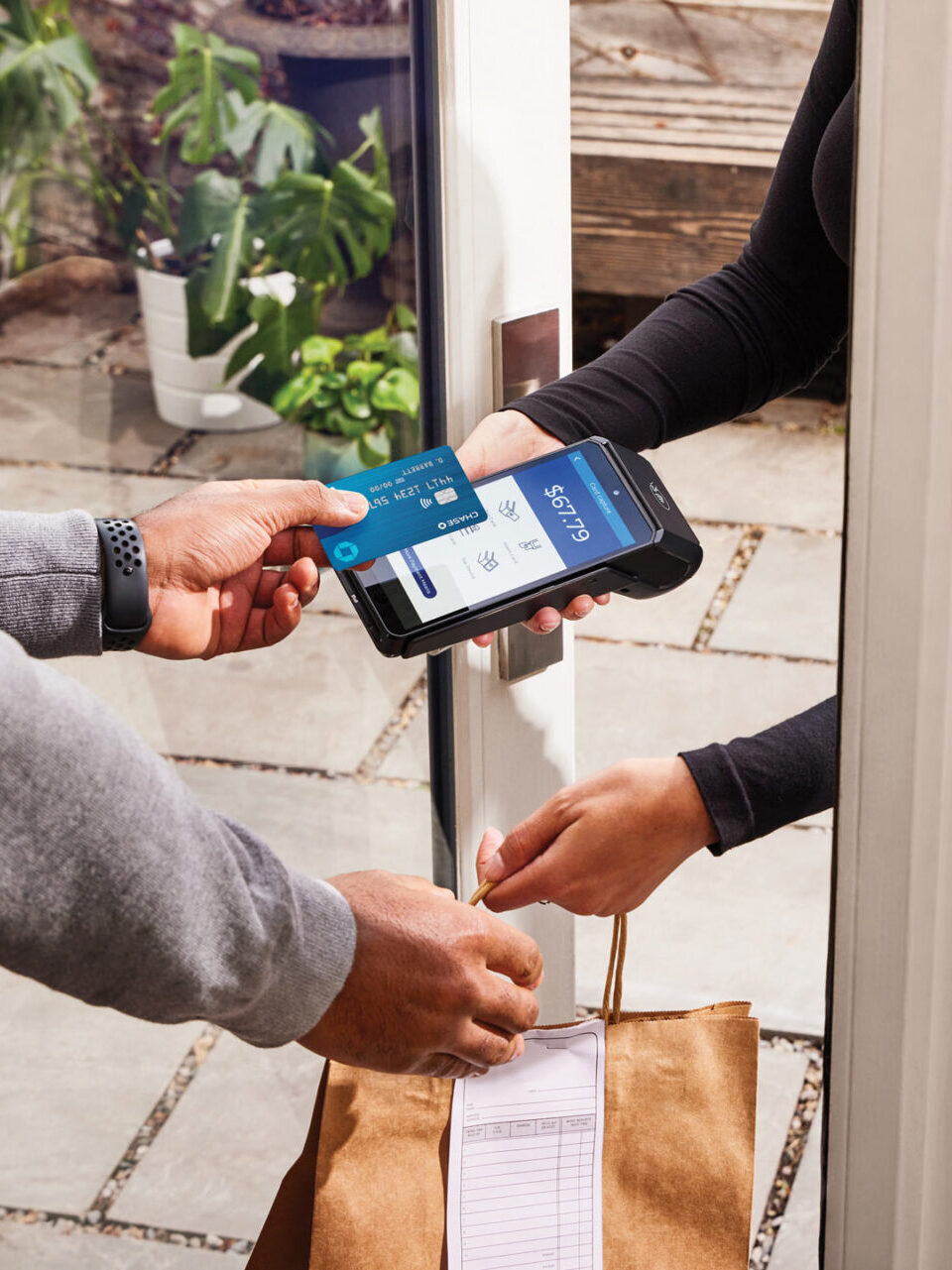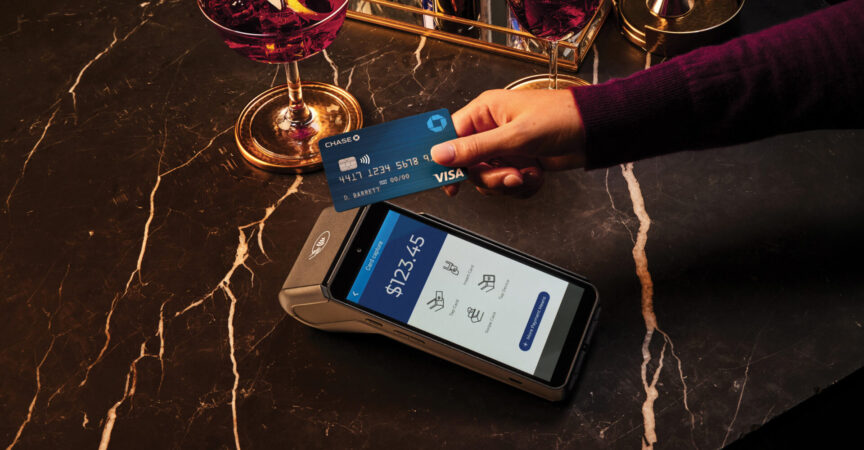Digital Fraud is on the Rise:
Protect yourself, your business and your customers.

As e-commerce continues to occupy an ever-increasing share of the market across all sectors and industries, businesses are increasingly interested in cyber security and digital fraud prevention solutions. Though sometimes used interchangeably, the two terms are different (but complementary) approaches to consumer and business protection.
Cyber security is a blanket term that encompasses the processes and technologies that protect data, devices, networks and programs from cyber attacks and unauthorized usage. Digital fraud prevention is the evolving suite of tactical practices used to identify and avoid online scams. Working in concert, cyber security and digital fraud prevention help businesses and individuals detect and stop malware and scammers from making fraudulent transactions.
CYBER SECURITY FOR FOODSERVICE
The best way to provide your foodservice operation with a broad suite of cyber security measures is to use a trusted and reputable online payment system that employs a robust approach to security measures for personal and commercial customers. Cyber security measures often include strong data encryption to protect customer transactions, two-factor authentication to provide further protection should a customer’s password be exposed, fraud monitoring to prevent breaches and detect any anomalies, and fraud detection via real-time activity monitoring to identify and immediately respond to potentially fraudulent transactions.
At Chase, fortress-level security includes proactive monitoring for compromised customer data, as well as for potentially malicious domains registered to appear similar to that of a client’s valid domain that could be used to execute phishing or business email compromise (BEC) attacks.
Chase’s tools, resources, and support have helped business owners stop thousands of fraud attempts. Help protect your business from scams, fakes, and other types of fraud.

DIGITAL FRAUD PREVENTION
Canadians are increasingly online, for more reasons than ever before. The pandemic pushed remote working into the forefront, along with the need to socialize and connect in a virtual manner when physical meetups weren’t possible. Unfortunately, the more time we spend online for work and play, the more time digital fraudsters have to perfect their approach.
Phishing, the practice of pretending to be a reputable company or contact in order to trick people into surrendering personal security and financial information, is the most common type of digital fraud. In 2020, digital security firm RSA reported that phishing comprised 54 per cent of digital fraud. Even more troubling, 66 per cent of phishing attacks were aimed at Canada.
Generally, best practices for protecting against digital fraud are aimed at individuals. But as phishing scams become more and more sophisticated, it’s important for businesses to recognize they can also be targeted. In this as in so many things, the best offence is a good defence, and it starts with awareness.
Security is everyone’s responsibility: owners, managers, staff. Educate and guide employees to create a culture of awareness in which security is top of mind. Go over common signs of phishing attempts so your staff learns to be conscious of how they interact with messages and data. Some of the most common signs of phishing attempts are:
- Spelling mistakes and poor grammar: Also look for incorrect characters, like dollar signs in the wrong place. These kinds of scams are generally the easiest to avoid, though to be fair we all know or are) poor spellers.
- Inconsistencies: Digital fraudsters often pretend to be from a trusted organization, and can often make some of the details look right. But if they claim to be from your bank, for instance, check to see if the style, tone, and address are similar to other communications you’ve received. Hover over any links (without clicking them) to see where they lead.
- Odd or unusual greetings: Some greetings are not appropriate for business relationships. Be wary of emails using language too formal (‘Dear Friend’) or too informal (‘Hey Friend’) for what is purporting to be a business communication.
- Suspicious attachments: It’s good practice not to open attachments from contacts you don’t recognize, but especially so if they have strange file extensions. Extensions like .exe, .scr, .zip are common to malware.
- Demands for urgent action: Don’t be rushed into any action, from clicking on a link to entering credit card information. Phishing scams offer rewards and/or punishment for rapid responses: any approach that demands you do something instantly is suspect.
- Asking for sensitive information: Scammers will often ask for confidential information like credit card numbers or login details. Unless you are expecting to enter this information (e.g. you’re making a purchase on a trusted site), don’t share any sensitive details.
No connected system can be 100 per cent proof against digital fraud, but the best way
to mitigate the risk is to prevent it from happening in the first place. When pressed for time (as everyone is these days), it can be easy to mistake an email from a scammer for a message from a legitimate supplier or contact. The more everyone knows about how they work, the easier the scams are to spot.
SECURITY MAINTENANCE
It’s also a good idea to perform semi-regular security maintenance. This doesn’t have to be a serious or formal process: instead, make periodic check-ins to ensure you’re keeping your systems, your business, and your customers as protected as possible. Review any passwords, and make sure they’re unique and individual. Check the privacy settings on any social media accounts. Platforms change their terms and functions occasionally, sochecking every quarter can help you be sure your settings are where you want them to be. Install strong and capable anti-virus software on all the devices your business uses, including tablets and phones, and upgrade their security settings when prompted.
The only way to maintain perfect privacy and security is to disconnect completely, which isn’t really optimal – or even possible – in our interconnected world. The end goal of cyber security is to ensure the availability, confidentiality, and integrity of data transfers. Digital fraud prevention protects individuals and organizations from online scammers. Both start with awareness, with knowing the best tools and tactics to use to keep yourself and your business safe, so you can get back to the heart and hustle of your day-to-day operations.

Global payments leader Chase designs its payment tools and solutions with fortress-level security, so you can safely accept payment at the counter, at the table, or on the go. To learn more and access their free online resources to help inform and protect small business, please visit: Chase.ca










I’m often to blogging and i really appreciate your content. The article has actually peaks my interest. I’m going to bookmark your web site and maintain checking for brand spanking new information.